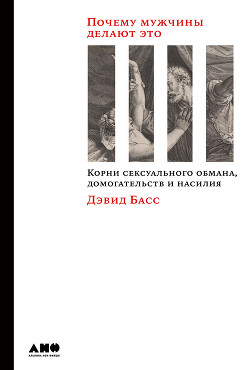This monograph surveys the role of some associative and non-associative algebras, remarkable by their ubiquitous appearance in contemporary theoretical physics, particularly in particle physics. It concerns the interplay between division algebras, specifically quaternions and octonions, between Jordan and related algebras on the one hand, and unified theories of the basic interactions on the other. Selected applications of these algebraic structures are discussed: quaternion analyticity of Yang–Mills instantons, octonionic aspects of exceptional broken gauge, supergravity theories, division algebras in anyonic phenomena and in theories of extended objects in critical dimensions. The topics presented deal primarily with original contributions by the authors.Contents:IntroductionQuaternions:Algebraic StructuresJordan Formulation, H-Hilbert Spaces and GroupsVector Products, Parallelisms and Quaternionic ManifoldsQuaternionic Function TheoryArithmetics of QuaternionsSelected Physical ApplicationsHistorical NotesOctonions:Algebraic StructuresOctonionic Hilbert Spaces, Exceptional Groups and AlgebrasVector Products, Parallelisms on S7 and Octonionic ManifoldsOctonionic Function TheoryArithmetics of OctonionsSome Physical ApplicationsHistorical NotesDivision, Jordan Algebras and Extended Objects:Dyson's 3-Fold Way: Time Reversal and Berry PhasesEssential Hopf Fibrations and D≥3 Anyonic PhenomenaThe Super-Poincaré Group and Super Extended ObjectsReferencesIndexReadership: Mathematical physicists.Key Features:It explains the science in a narrative style using a minimum number of equations while preserving scientific integrityIn developing the progress of ideas historically it shows how components of failed theories can be incorporated in new theories, making positive contributions to the subjectIt includes all the most recent observations that must be accounted for in any viable theory

















